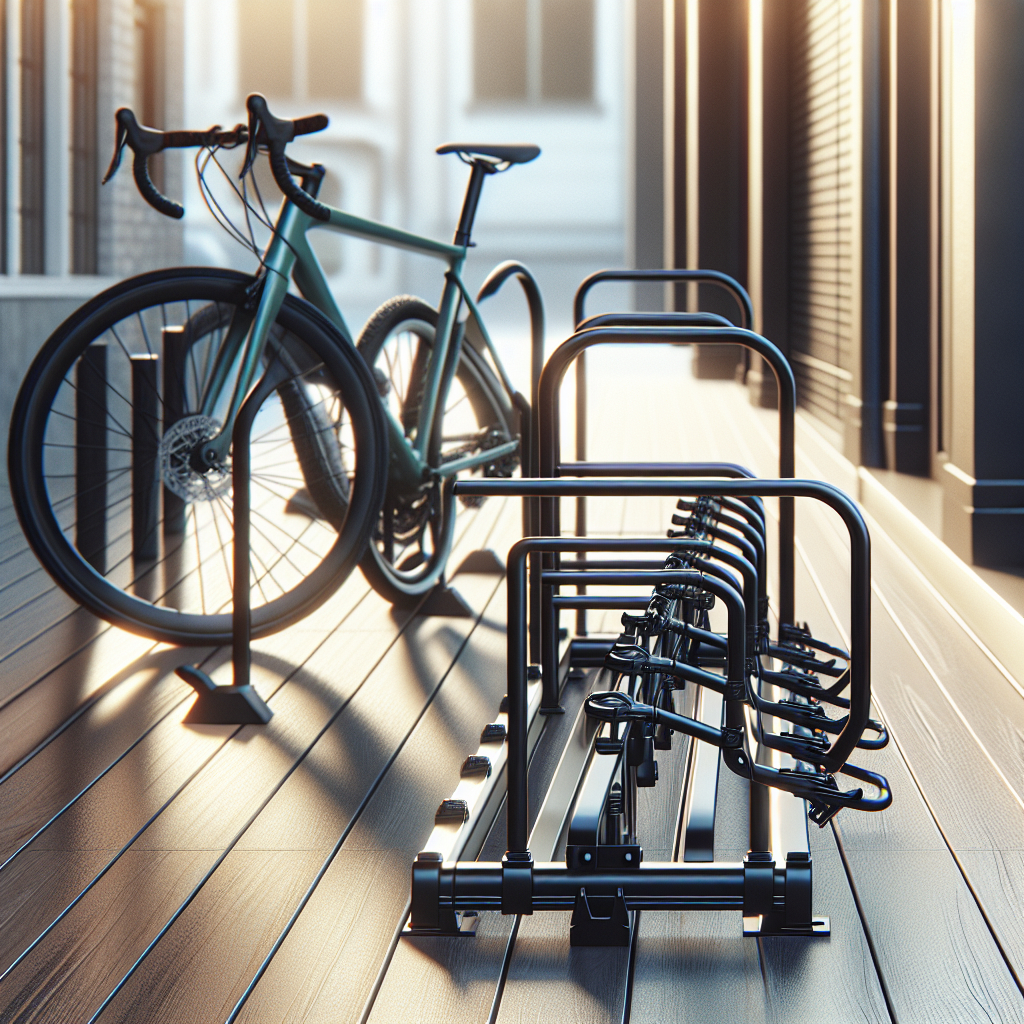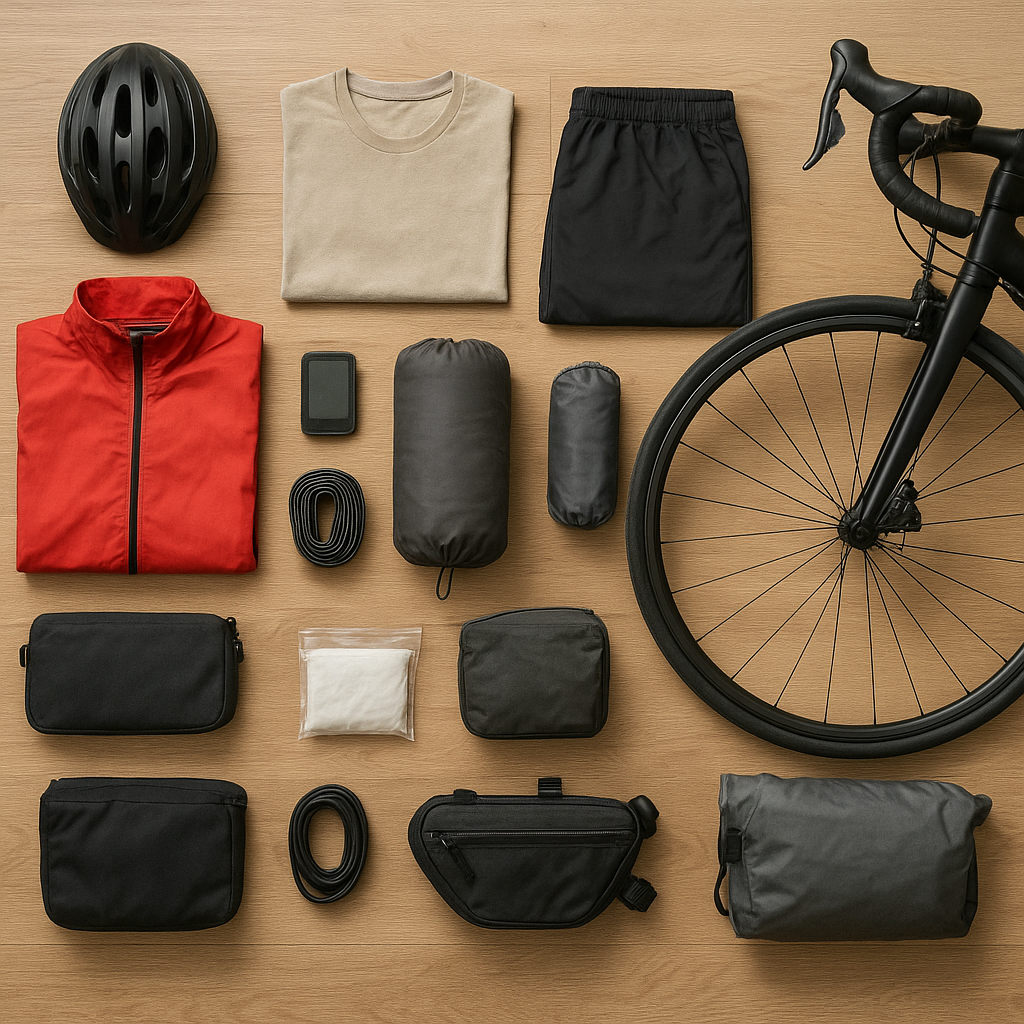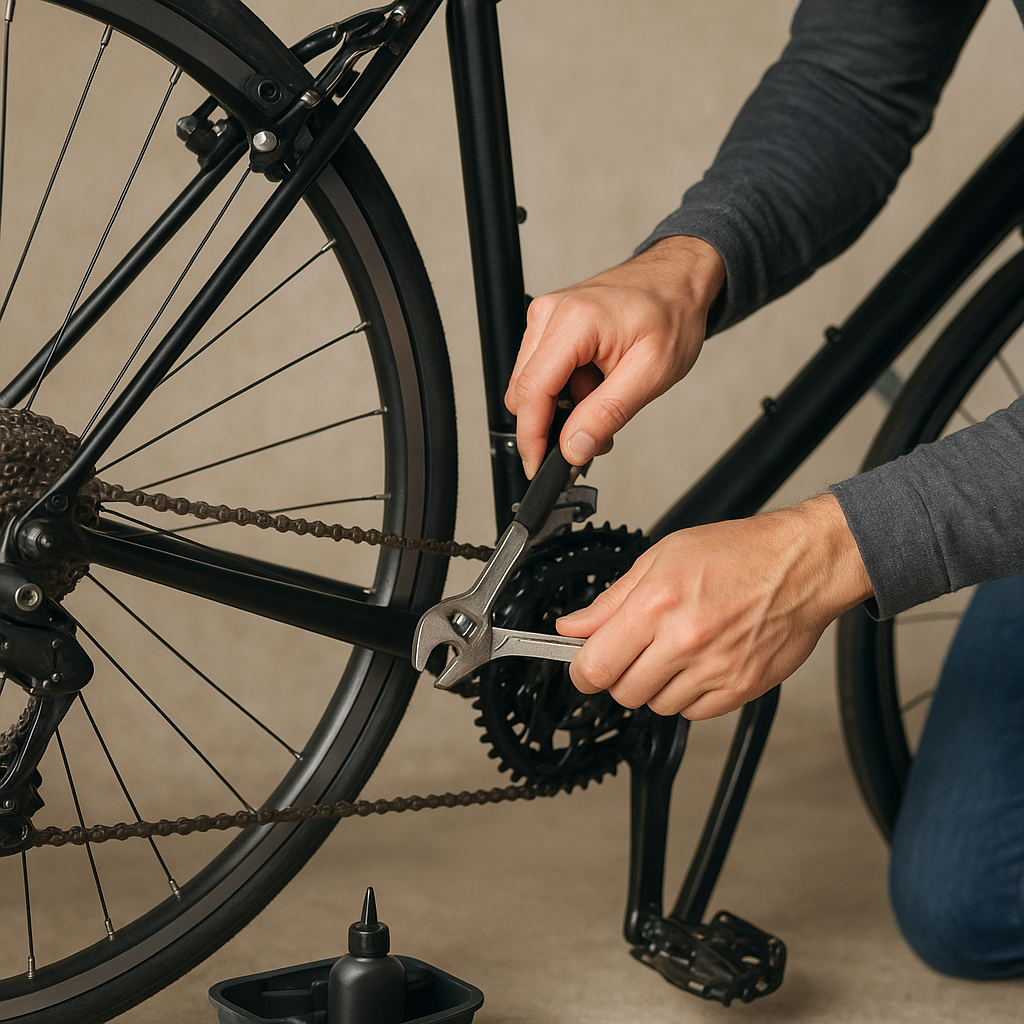
Transporting your bike can be a hassle without the right equipment. Whether you’re heading to a local trail or embarking on a cross-country adventure, having a reliable bike rack or carrier can make all the difference. This article delves into the various types of bike racks and carriers available, their benefits, and how to choose the best one for your needs.
Types of Bike Racks and Carriers
When it comes to transporting your bike, there are several types of racks and carriers to consider. Each type has its own set of advantages and is suited for different kinds of vehicles and biking needs. Below, we explore the most common types of bike racks and carriers.
Roof-Mounted Bike Racks
Roof-mounted bike racks are a popular choice for many cyclists. These racks attach to the roof of your vehicle, allowing you to transport your bike without obstructing your rear view or access to the trunk. Roof-mounted racks are particularly useful for vehicles with limited rear space, such as sedans and hatchbacks.
Advantages:
- Does not obstruct rear view or access to the trunk
- Can carry multiple bikes
- Compatible with various vehicle types
Disadvantages:
- Requires lifting the bike onto the roof, which can be challenging
- May affect vehicle aerodynamics and fuel efficiency
- Increased risk of damage from low-clearance areas
Hitch-Mounted Bike Racks
Hitch-mounted bike racks attach to the trailer hitch of your vehicle. These racks are easy to install and provide a secure way to transport your bike. They are ideal for SUVs, trucks, and other vehicles with a hitch receiver.
Advantages:
- Easy to load and unload bikes
- Can carry multiple bikes
- Does not affect vehicle aerodynamics
Disadvantages:
- May obstruct access to the trunk
- Requires a hitch receiver
- Can be more expensive than other types of racks
Trunk-Mounted Bike Racks
Trunk-mounted bike racks are a versatile and affordable option for many cyclists. These racks attach to the trunk or rear hatch of your vehicle using straps and hooks. They are suitable for a wide range of vehicles, including sedans, hatchbacks, and SUVs.
Advantages:
- Affordable and easy to install
- Compatible with various vehicle types
- Does not require a hitch receiver
Disadvantages:
- May obstruct rear view and access to the trunk
- Less secure than roof or hitch-mounted racks
- Potential for damage to the vehicle’s paint
Choosing the Right Bike Rack or Carrier
Selecting the right bike rack or carrier depends on several factors, including your vehicle type, the number of bikes you need to transport, and your budget. Here are some key considerations to keep in mind when choosing a bike rack or carrier.
Vehicle Compatibility
Ensure that the bike rack or carrier you choose is compatible with your vehicle. Roof-mounted racks require roof bars or rails, while hitch-mounted racks need a hitch receiver. Trunk-mounted racks are generally more versatile but may not fit all vehicle models.
Number of Bikes
Consider how many bikes you need to transport. Some racks can carry multiple bikes, while others are designed for a single bike. If you frequently travel with friends or family, a rack that can accommodate multiple bikes may be more convenient.
Ease of Use
Look for a bike rack or carrier that is easy to install and use. Roof-mounted racks can be challenging to load, especially for heavier bikes. Hitch-mounted and trunk-mounted racks are generally easier to load and unload.
Security Features
Security is an important consideration when transporting your bike. Look for racks with built-in locks or the ability to add locks to secure your bike during transport. This can help prevent theft and give you peace of mind.
Budget
Bike racks and carriers come in a wide range of prices. Determine your budget and look for a rack that offers the best value for your money. Keep in mind that more expensive racks often come with additional features and better build quality.
Installation and Maintenance Tips
Proper installation and maintenance of your bike rack or carrier are crucial for safe and efficient transport. Here are some tips to help you get the most out of your bike rack or carrier.
Installation
Follow the manufacturer’s instructions carefully when installing your bike rack or carrier. Ensure that all straps, hooks, and bolts are securely fastened. For roof-mounted racks, make sure the roof bars or rails are properly installed and tightened.
Loading and Unloading
When loading your bike onto the rack, make sure it is securely fastened and balanced. For roof-mounted racks, use a step stool or ladder if necessary to reach the roof. For hitch-mounted and trunk-mounted racks, ensure that the bike does not obstruct your rear view or access to the trunk.
Regular Maintenance
Regularly inspect your bike rack or carrier for signs of wear and tear. Check the straps, hooks, and bolts for any damage or looseness. Clean the rack regularly to prevent dirt and debris from affecting its performance.
Storage
When not in use, store your bike rack or carrier in a dry, secure location. This will help prevent damage and prolong its lifespan. For roof-mounted racks, consider removing them from the roof to reduce wind resistance and improve fuel efficiency.
Conclusion
Transporting your bike doesn’t have to be a hassle. With the right bike rack or carrier, you can easily and safely transport your bike to your favorite trails and destinations. By considering the different types of racks and carriers, their advantages and disadvantages, and your specific needs, you can find the perfect solution for your biking adventures. Remember to follow proper installation and maintenance practices to ensure the longevity and performance of your bike rack or carrier.

